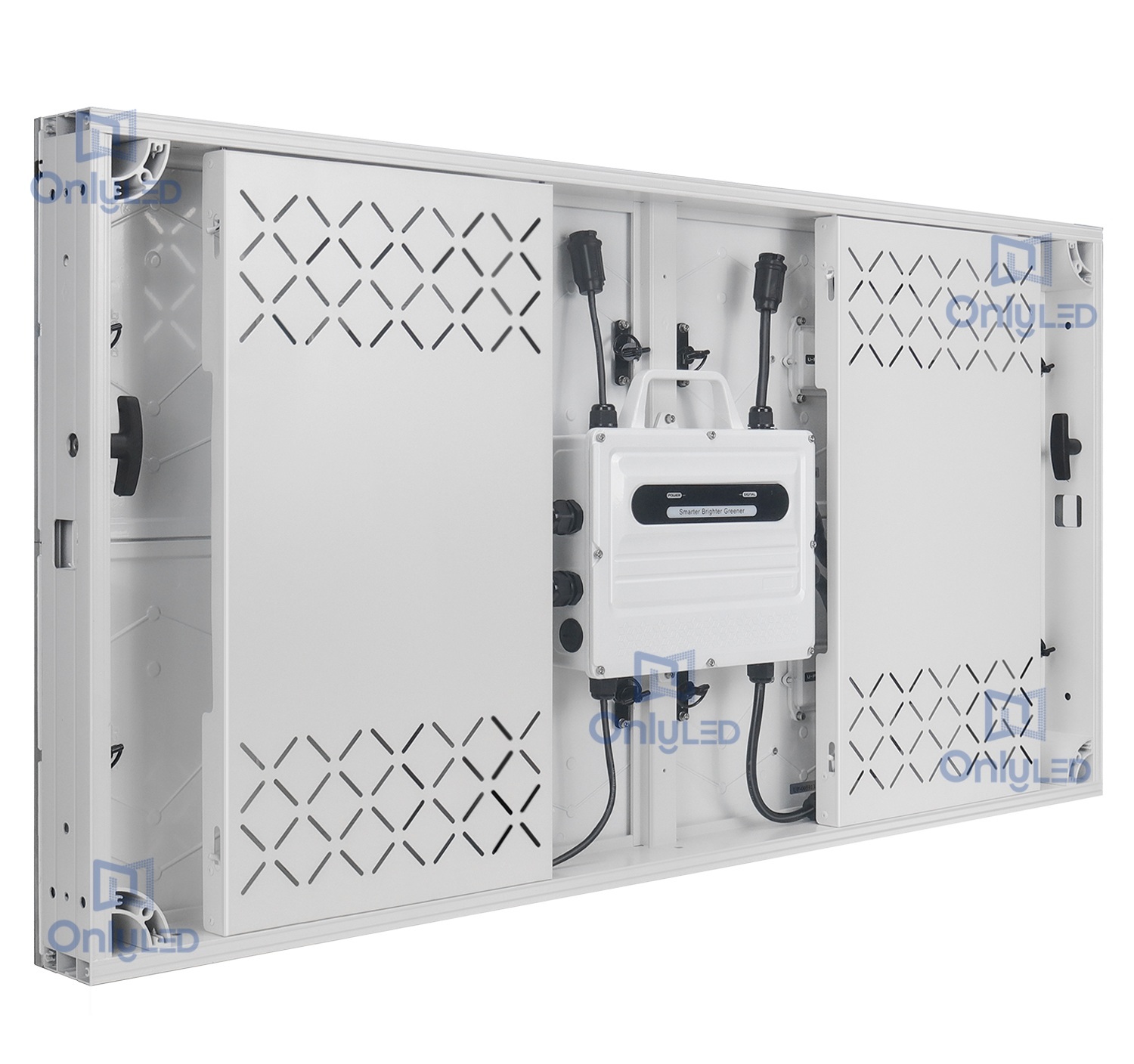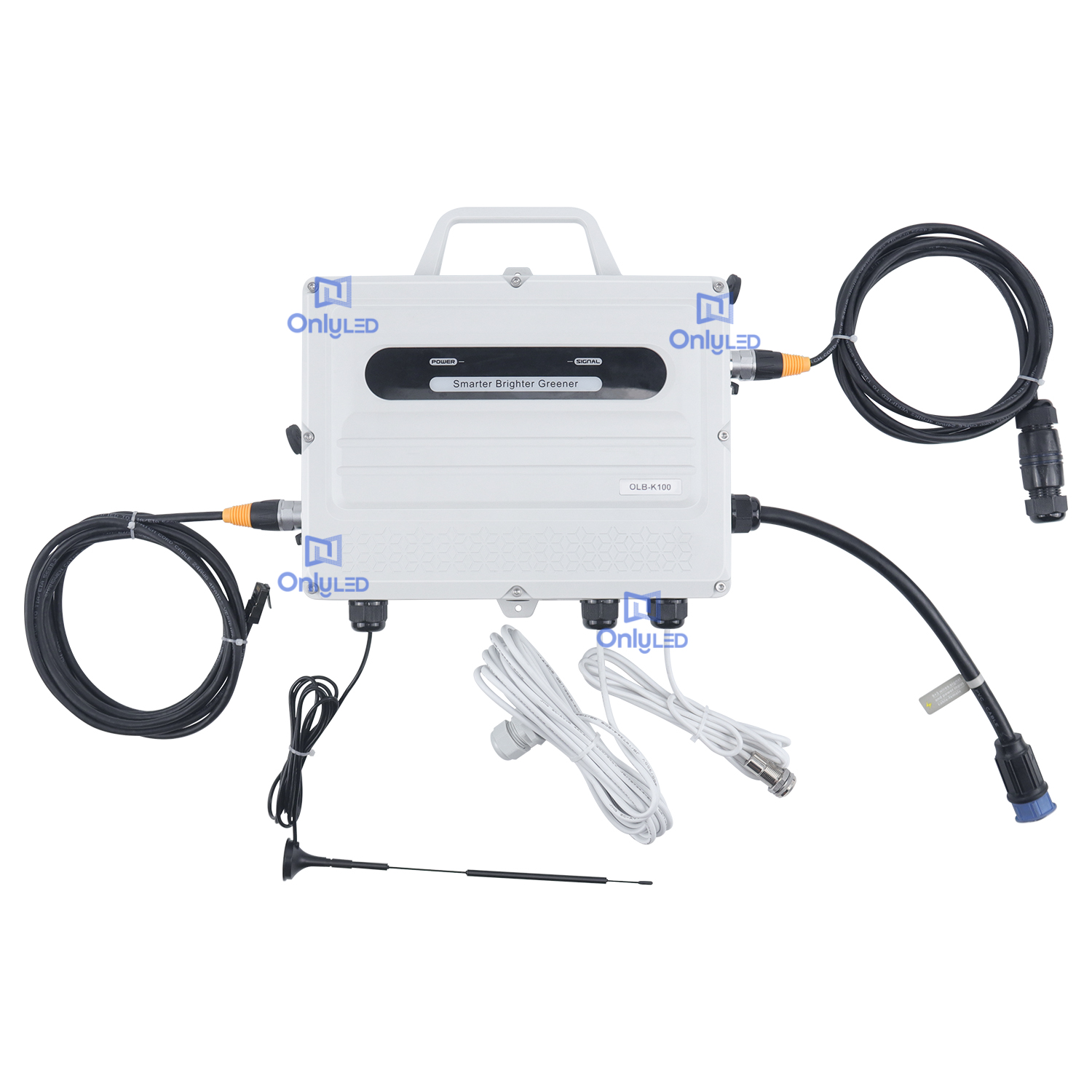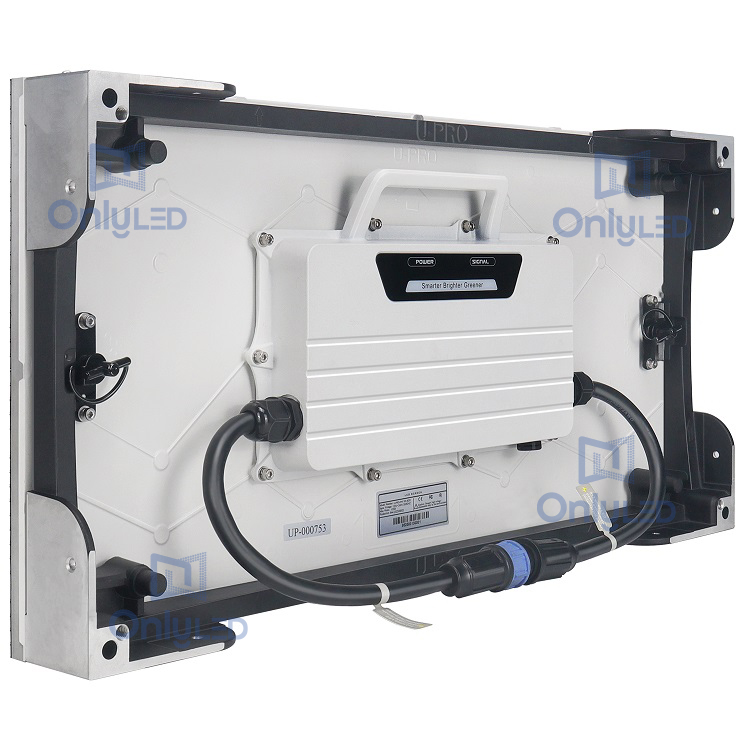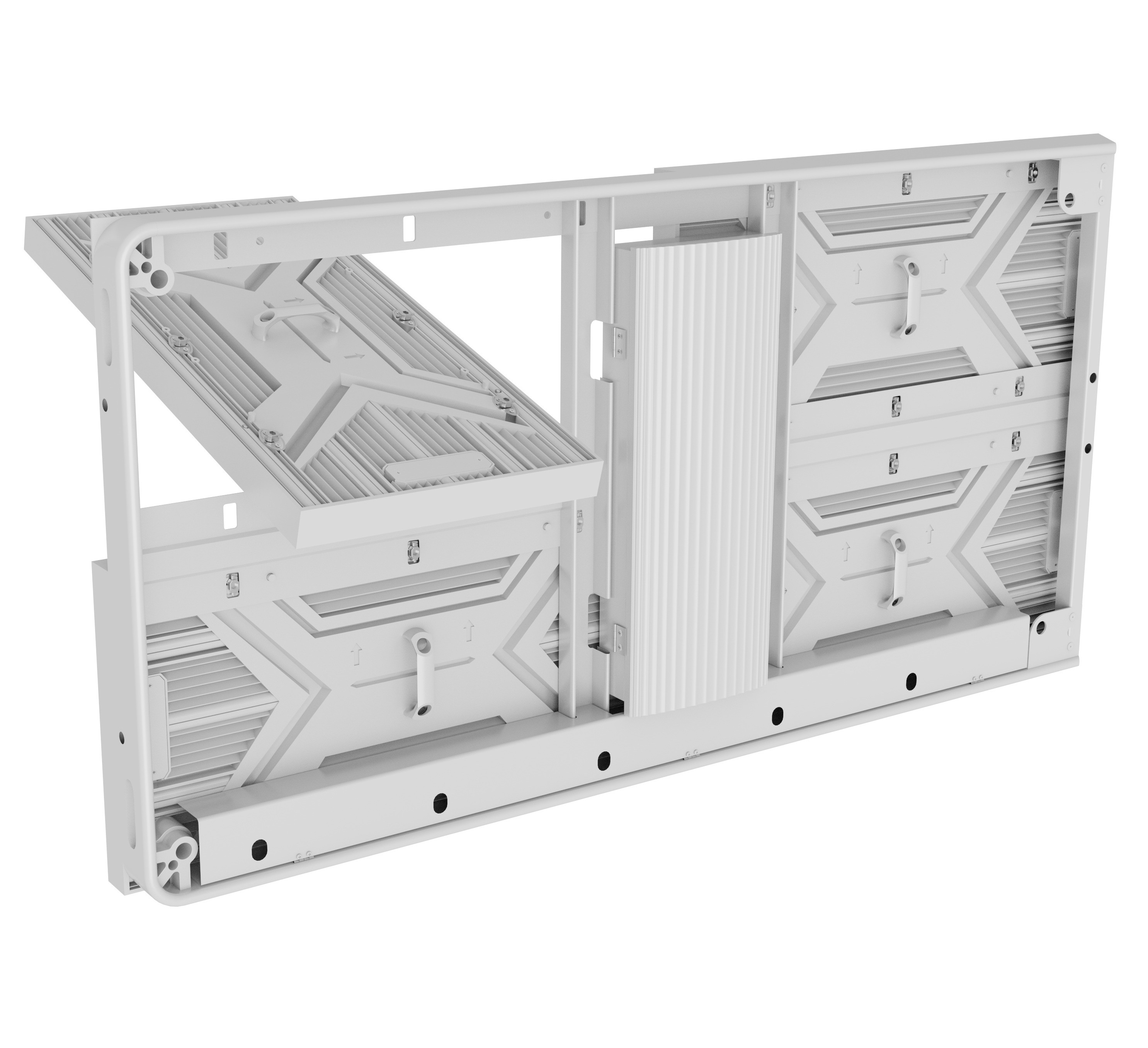Industry News
Unraveling the Mystery of Producing Exceptional Outdoor LED Displays

Outdoor LED displays have revolutionized the way we communicate and display information in public spaces. From dazzling billboards to informative stadium screens, these high-quality displays captivate audiences with their vibrant colors and impressive resolutions. But have you ever wondered how these displays are created? In this article, we will demystify the production process of high-quality outdoor LED displays by providing a detailed and comprehensive overview.
Designing the Display
Creating a high-quality outdoor LED display starts with meticulous planning and design. The first step involves determining the desired size, aspect ratio, and pixel pitch of the display. Pixel pitch refers to the distance between adjacent pixels and greatly influences the image clarity. Once the technical specifications are finalized, designers use computer-aided design (CAD) software to create a digital mock-up of the display, taking into account aspects such as visual content, electrical wiring, and structural support. This mock-up provides a blueprint for the subsequent production stages.
Manufacturing LED Modules
The LED modules are the building blocks of an outdoor display. They consist of multiple small LED chips arranged in a matrix. These chips emit light when an electric current passes through them. The manufacturing process of LED modules involves several critical steps. First, a semiconductor material is chosen and carefully sliced into wafer-thin chips. These chips are then individually tested for quality and sorted based on their performance. Next, a process called epitaxy is used to create multiple layers of semiconductor material on each chip, including the emission layer. Finally, the chips are packaged into modules, which are arranged to form the display's matrix.
Assembling the Display
Once the LED modules are ready, they are carefully assembled to create the final display. This stage involves integrating the modules into a sturdy frame, which provides structural support and protects the display from external elements. The modules are connected to each other using flexible ribbon cables, allowing for easy installation and maintenance. Additionally, specialized optics and diffusion layers are added to enhance the display's visual performance, such as brightness, contrast, and viewing angle. Finally, the display is thoroughly tested to ensure it meets the highest standards of quality and performance.
In conclusion, the production process of high-quality outdoor LED displays involves designing the display, manufacturing LED modules, and assembling the final product. Each step requires meticulous attention to detail and adherence to strict quality standards. By demystifying this process, we gain a deeper appreciation for the craftsmanship and technology behind these captivating displays that enrich our modern urban landscapes.




